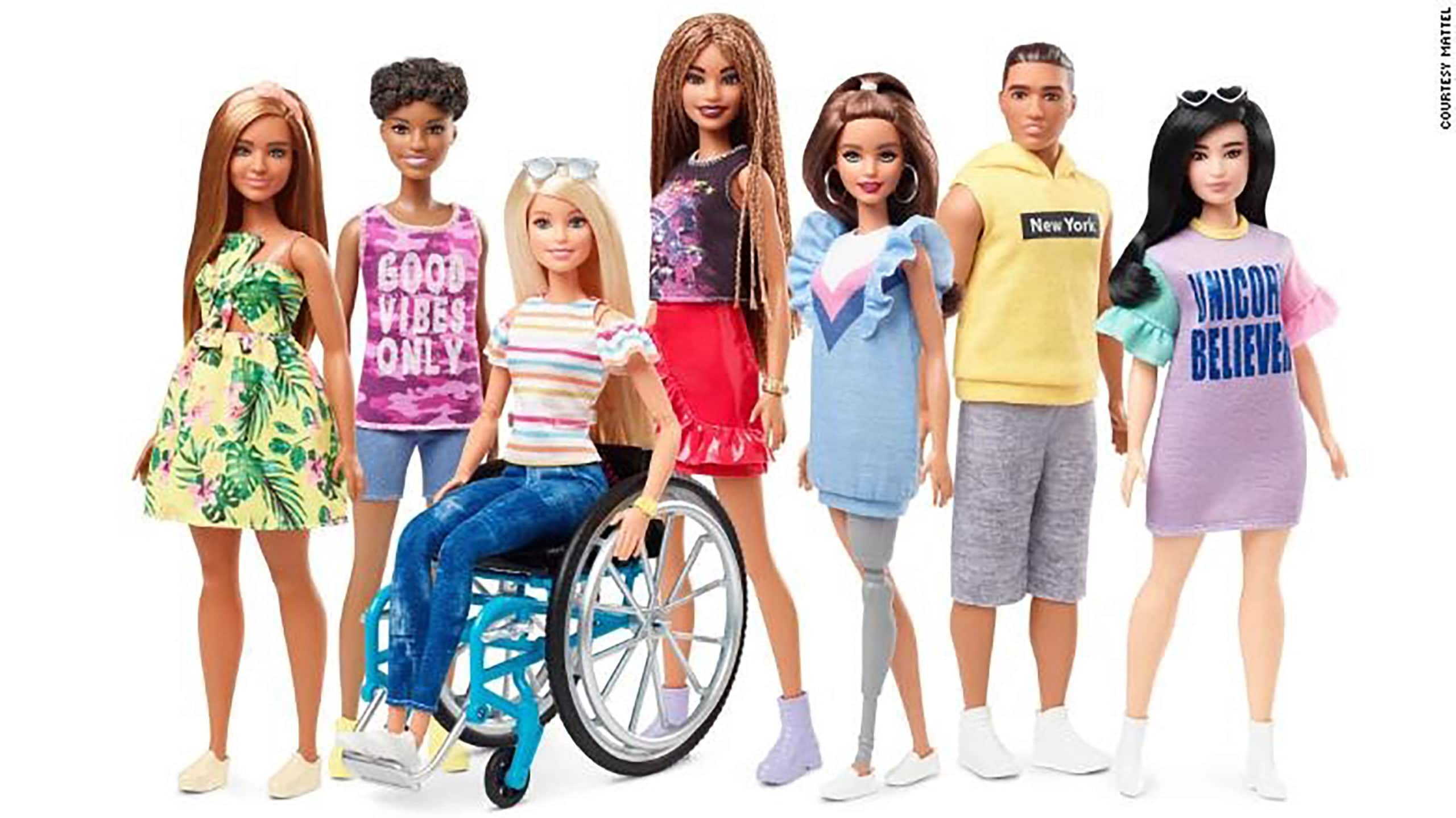In 1997, Mattel Toys made news when they released “Share-a-Smile Becky, a Barbie doll who came with a wheelchair. At first, disabilities advocates praised the company for its inclusive stance. But soon after she was released, they discovered that Becky, who was marketed as a friend of Barbie’s, had some issues. For one thing, her wheelchair didn’t fit through the door of the Barbie Dream House.
Confronted with the problem, Mattel chose not to change the dimensions of the Barbie Dream House. Instead, the company changed Becky. They tried remarketing her as “Becky, I’m the School Photographer,” “Sign Language ‘I love you’ Becky” and “Paralympic Becky.” Eventually, Mattel gave up on having a Barbie doll with a wheelchair and stopped selling Becky altogether.
As Karin Hitselberger, a blogger with cerebral palsy who uses a wheelchair told PRI (Public Radio International) in 2017: “A lot of the talk about why Becky doesn’t exist anymore in any iteration is that it was too complicated to redesign Barbie world to fit Becky.” Hitselberger said Mattel’s way of handling Becky’s accessibility challenges “speaks volumes to the way we think about disability.
“A lot of the ways we think about disabilities, we talk about ‘fixing disability,’ instead of focusing on ‘fixing society,’” she said.
But more than 20 years later, Mattel has gone back to the drawing board.
Last week, the company announced they will introduce two new Barbie dolls. Part of a more inclusive Barbie line called Fashionistas, which also includes racially diverse dolls, and dolls with different body types, Mattel will now offer a Barbie that uses a wheelchair and a Barbie that comes with a removable prosthetic leg.
In a statement, Mattel said: “As a brand, we can elevate the conversation around physical disabilities by including them into our fashion doll line to further showcase a multidimensional view of beauty and fashion.”
Though it’s not yet known whether the new Barbie’s wheelchair will fit into the Barbie Dream House, this time around, Mattel has taken steps to design a wheelchair and a removable prosthetic that are realistic-looking representations. It appears they have also taken the issue of accessibility into account, since the new Barbies will be sold with wheelchair ramps that are Dream House-compatible.
We regret that it took 20 years, but we’re very pleased that Mattel is trying again! The new Barbies are expected to be available during the summer or fall of 2019.


